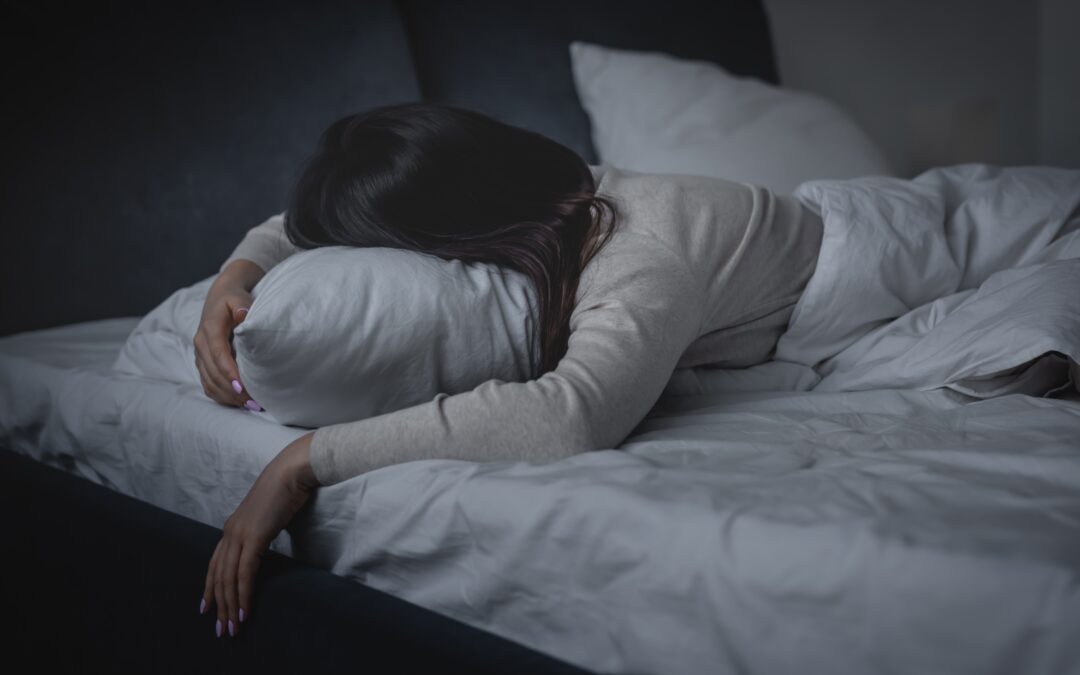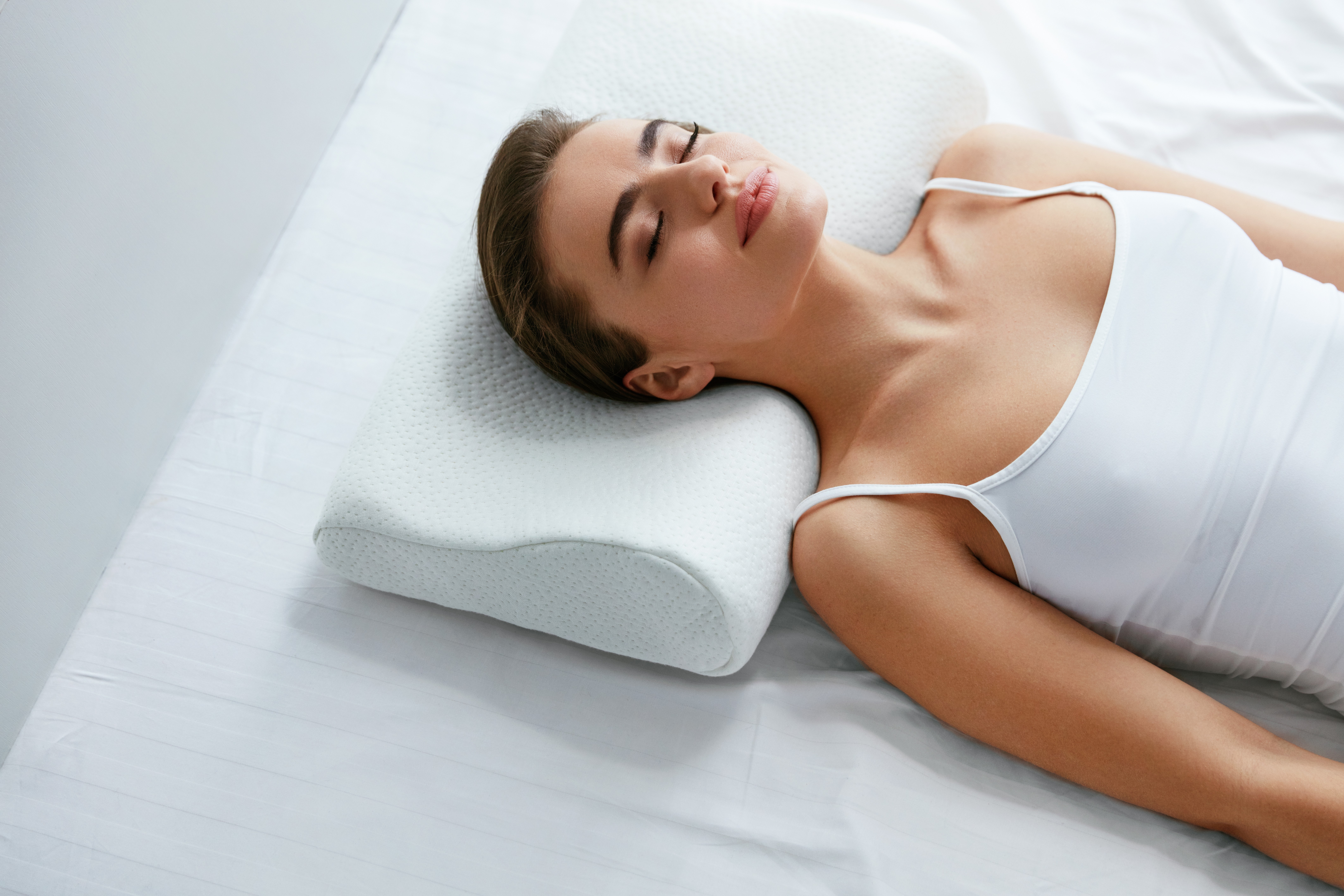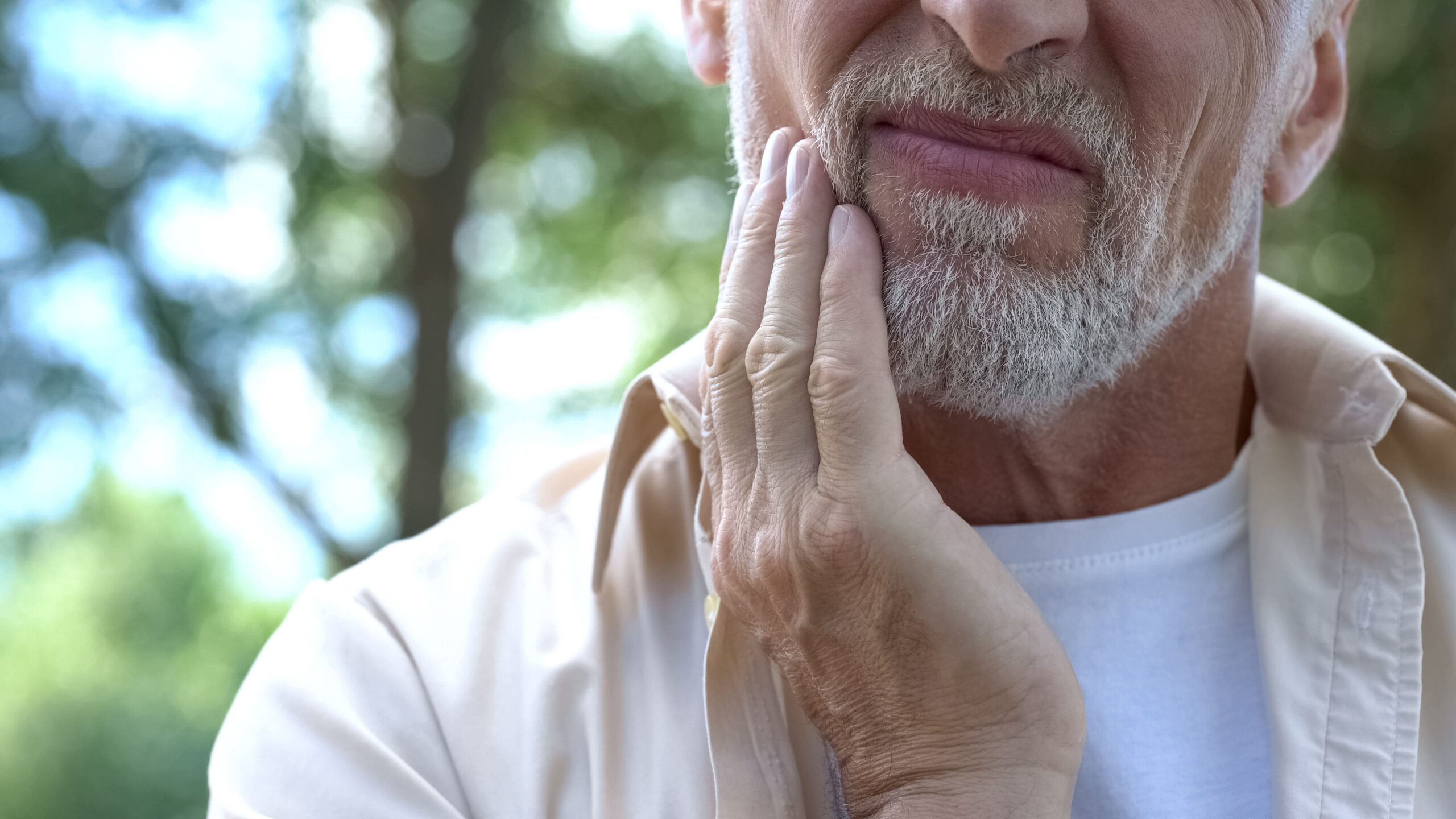Sleep apnea is a common yet serious sleep disorder affecting millions worldwide. It is a condition that stops and starts a person’s breathing during sleep repeatedly. Sleep apnea can cause fatigue, headaches, and even heart disease if left untreated.
Chronic obstructive pulmonary disease or COPD is often confused with sleep apnea. That’s because it can also cause difficulty in breathing. While sleep apnea and COPD are two different conditions, they can possibly occur at the same time. So is there a link between the two? Read on to find out.
Sleep Apnea
People with sleep apnea usually snore loud, gasp for air during sleep, and feel excessive daytime fatigue. At home sleep tests can be administered to diagnose the condition. Meanwhile, it can be treated with a continuous positive airway pressure machine.
COPD
COPD is a lung disease that causes difficulty in breathing. A person can have it when consistently exposed to cigarette smoke, air pollution, and other types of irritants. COPD symptoms include shortness of breath, chronic cough, and wheezing. Treatment for COPD may include medications, oxygen therapy, and pulmonary rehabilitation.
Both Are Related to Lung Inflammation
While COPD is caused by chronic lung inflammation, sleep apnea can trigger lung inflammation. Both these conditions can lead to difficulty in breathing during sleep. Like those with COPD, sleep apnea causes abnormal ventilation and low oxygen concentration in the blood leading to inflammation.
Similar Symptoms and Risk Factors
In addition to affecting a person’s sleep, these conditions also have other similarities. Both sleep apnea and COPD can make one feel fatigued, sleepy during the daytime, and snore excessively. Also, both are linked to cigarette smoking as this habit can trigger lung inflammation. Over time, both conditions can increase the risk of high blood pressure, stroke, abnormal heartbeat, right-sided heart failure, and pulmonary hypertension.
The Overlap Syndrome
A person who experiences the two conditions at the same time is said to have the overlap syndrome. This can lead to hypoxemia (abonarmally low concentration of oxygen in the blood) and hypercapnia (abnormally high concentratiaon of carbon dioxide in the blood). According to research, about 10 to 15 % of people with COPD also have sleep apnea. But by managing the symptoms of each condition, the overlap syndrome can be treated.
Key Differences
While the two conditions can coexist, that doesn’t mean that if you have sleep apnea, you will also have COPD or vice versa. They do not have a direct relationship. It is important to differentiate between the two in order to provide appropriate treatment.
One of the main differences between COPD and sleep apnea is the time of day when symptoms occur. COPD symptoms usually occur during the day and worsen with physical activity, while sleep apnea symptoms occur during sleep and can disrupt a person’s restfulness and overall health.
Another difference between the two conditions is their prevalence. COPD is more common among smokers and people over the age of 40, while sleep apnea can affect people of all ages and body types. Furthermore, COPD is often diagnosed through lung function tests, while sleep apnea is diagnosed through sleep studies and other specialized tests.



